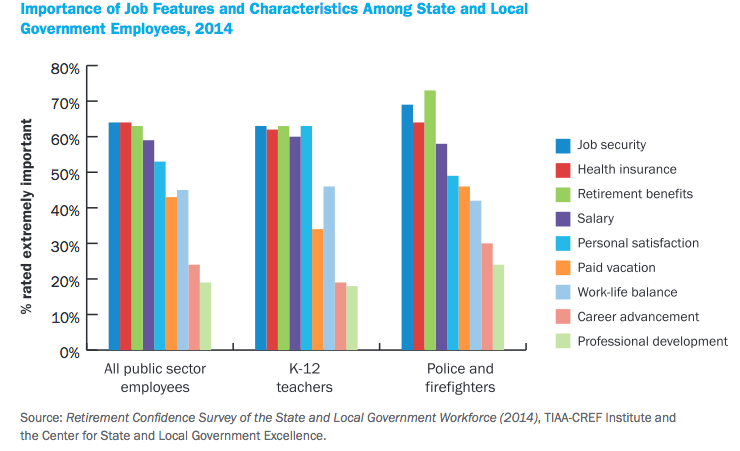
Vista Equity Partners has written an “unusual” clause into their contracts with limited partners, which include some major pension funds.
When pension funds invest with private equity firms, they sign “limited partnership” agreements. But a Reuters report says a certain clause included in Vista contracts is “atypical” for the industry, and potentially shifts more risk onto limited partners.
Details on the clause, from Reuters:
Vista Equity Partners has worked in an unusual clause in its contracts with private equity fund investors that gives it more financing flexibility and a leg up in leveraged buyouts, but also carries more risks for it and its investors, according to people familiar with the matter.
The agreement allows Vista to temporarily finance large corporate buyouts just with the cash from its $5.8 billion fund, as against using both debt and equity to buy companies. Under the right circumstances, this flexibility allows Vista to be nimble in auctions and secure the best possible debt financing after it has clinched a deal.
Two months ago, Vista used the clause in one of the largest private equity deals of the year, committing to fund the $4.2 billion takeover of TIBCO Software Inc with equity. One day later, it secured debt commitments from JPMorgan Chase & Co and Jefferies LLC for the deal, reducing its equity exposure to $1.6 billion.
The maneuver helped it not only outbid rival Thoma Bravo LLC in the TIBCO auction, but also use JPMorgan and Jefferies, which where were originally backing Thoma Bravo during the auction and were offering better financing terms, the sources said.
Investors in the Vista fund, known as limited partners, include some of the largest U.S. public pension funds, including the New Jersey State Investment Council and the Oregon Public Employees Retirement Fund. These funds do not disclose to their members and retirees all the risks they undertake, because the agreements with Vista and other private equity firms are confidential. The revelations highlight how important aspects of the investment of public money in private equity are shrouded in secrecy.
Industry insiders told Reuters that the clause is “highly atypical”:
Several pension fund investors, private equity placement agents and lawyers interviewed by Reuters said Vista’s terms are highly atypical and not widely known even within the private equity industry. Most firms have caps – usually around 15 to 20 percent of the fund – on how much equity they can commit to a particular deal. Private equity funds also rarely make all-equity commitments for such deals, preferring to tie up debt financing ahead of time. When they do make such all-equity commitments, the equity checks tend to be much smaller.
The reason is that doing so poses the risk that investors see their entire capital tied up in one investment, potentially hurting returns and denying them the benefits of diversification, these industry sources said.
Such a situation can arise, for example, if the debt market conditions were to suddenly sour, as it happened in the summer of 2007 before the financial crisis. In the TIBCO deal, Vista’s financial liabilities are capped at $275.8 million. But if the banks walk away before the deal closes, TIBCO can try to force Vista to close on the deal with its fund.
“It’s a bit like walking on a wire without a net,” said Alan Klein, a partner at law firm Simpson Thacher & Bartlett LLP.
Public pension funds that have invested in Vista funds include the Oregon Public Employees Retirement Fund, the Virginia Retirement System, the Michigan Retirement System, the Arizona Public Safety Personnel Retirement System and the Indiana Public Retirement System.
Photo by Juli via Flickr CC License









